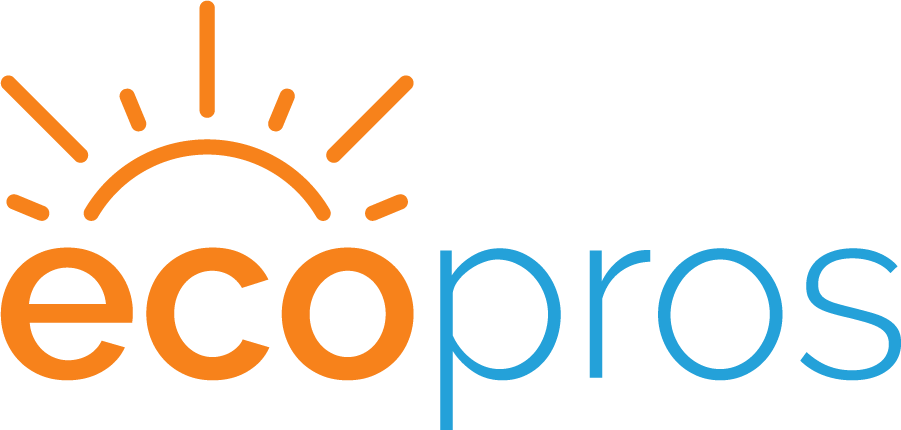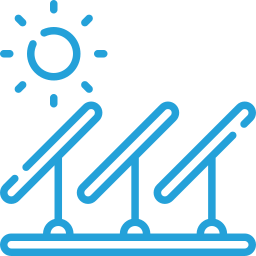How to choose a solar kit
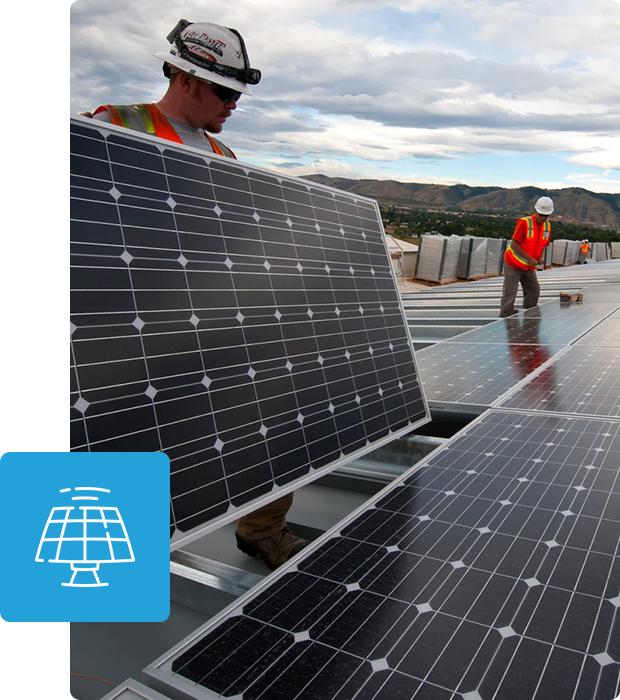
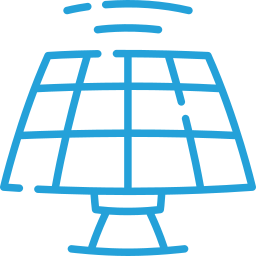
What to Know About Solar Panels
Solar power can power anything fossil-fuel-generated electricity can, but without the guilt and nasty pollutants.
The photovoltaic effect is what allows solar power to be generated. You've probably noticed that solar panels are made up of many small squares if you've ever looked at one. Solar cells, also known as photovoltaic cells or PV cells, are those squares.
Silicon solar cells are used in almost every solar panel you see. Each cell has two layers: a negative layer with excess electrons and a positive layer with space for those electrons to flow. The electrons are knocked loose and begin to flow to the positive layer when sunlight strikes the negative layer. Solar electricity is the flow of electrons.

What to Know About Solar Inverters
Solar inverters serve as the brain of a solar installation and make it so you can actually use the electricity your solar panels are producing. It converts the DDC electricity produced by your panels into AC electricity used by home appliances.
String inverters are the most common inverters and are ideal for homes with simple roofs and no shade.
Microinverters are attached to each panel and increase system production. They're ideal for complex system designs, but they're also the most expensive.
Power optimizers offer the best value because they offer many advantages as microinverters without the expensive cost.
Because of their improved features above string inverters alone, microinverters and DC power optimizers will continue to gain popularity as their prices decline.
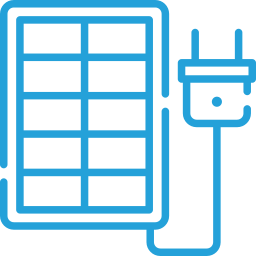
What Options Do I Need for My Solar Kit?
Solar panels come in various sizes, with the largest option being the XL-sized. These panels have an 80" x 40-inch dimension, making them perfect for large roofs or spaces needing more power than standard-sized models.
Standard-sized panels are generally 65x40 inches in dimension and are typically considered for residential rooftops. These usually have black frames with a sleek appearance.
Premium panels are standard-sized with varying dimensions and are the most efficient because they generate more power per square inch. However, premium panels cost 30-50% more. If the roof space is limited, a premium panel is the best way to go.
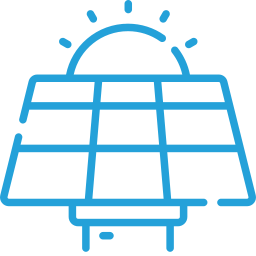
The Value of Good Design
Given a set of limitations, solar cell design entails describing the parameters of a solar cell structure to maximize efficiency. The working environment in which solar cells are manufactured will determine these limits. For example, in a commercial setting, if the goal is to create a competitively priced solar cell, the cost of constructing a specific solar cell structure must be considered.
Most solar cells are a few square centimeters and are covered in thin glass or clear plastic to protect them from elements. Because a standard (4x4 inch) solar cell only generates about two watts of electrical power (15-20% of the energy of light incident on its surface), cells are frequently connected in series to raise voltage or in parallel to increase current. A solar module, also known as a photovoltaic (PV) module, comprises 36 linked cells bonded to the glass and enclosed in an aluminum frame.
A solar panel comprises one or more of these modules that have been wired and framed together. Because of inactive sections in the assembly and performance variations from cell to cell, solar panels are slightly less efficient in energy conversion per surface area than individual cells. Each solar module has a standardized connection on the back that allows its output to be coupled with the production of other solar modules to create a solar field. Many solar modules, a power system to absorb varied electrical loads, external circuits, and accumulators can make up an entire PV system. PV systems are divided into two categories: stand-alone and grid-connected.
Start Today
Change your life, Change the world
We believe sunshine is one of humanity's most valuable yet underutilized resources. Not only can solar energy sustainably power hospitals and schools across America - it has the potential to drive entire industries as well. With our innovative financing solutions for clean technologies like photovoltaic systems or wind turbines, we help bring affordable Clean Energy access into every American home.
